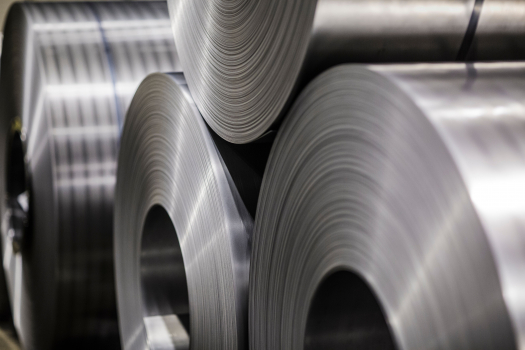
Giant investment reduces 7 % of Finland's Carbon Dioxide emissions – The fast-track investment by SSAB is a real benchmark from the technology industry
In 2016, SSAB began an investigation whether the company could revolutionize the material that is most used in the world, the steel, and its manufacture by reaching zero-level of co2 emissions from its production. Today, SSAB is gradually transforming its processes. Steel is produced by hydrogen reduction, which produces water instead of carbon dioxide – no emissions.
"We are tightening up our original goal from the original 2035. We have promised our customers that we will have fossil-carbon-free steel for the European and North-American markets in 2026. We are rebuilding our factories and finalizing everything by 2040", promises Mr. Harri Leppänen, Director of Environment of SSAB.
Competitors are interested in this technology
Metal processing is one of the most important industries in the technology industry, but it is also one of the largest co2 emitters in Finland. So SSAB's giant investment and its importance for Finland's climate action is significant.
Mr. Harri Leppänen, Director of Environment of SSAB.
A special feature of the technology industry in the field of sustainable development is the so-called fingerprint: The products and services offered by the technology companies enable significant reduction of emissions also in the activities of the customers of the industry.
SSAB's fingerprint is enormous, as its carbon-free steel can eventually be used in other industries and the company can sell its technology globally.
Research, innovation and electrification are key elements
In line with the Finnish Government's program, the technology industry is committed to pursuing carbon-neutral Finland by 2035. The industry will use a low-carbon road map to determine what technologies and measures are needed to achieve this goal.
The most effective ways of reducing direct emissions in the industry are new innovations, such as SSAB's hydrogen reduction and the electrification of machinery and equipment. For example, machine tools and cranes used in mines and industry can be converted to electric power.
In addition, energy efficiency, waste heat utilization, circular economy and digitalisation offer significant opportunities for technology companies and their customers to reduce emissions quickly. However, these efforts will require significant investment, access to affordable clean electricity and targeted investment in R&D.




